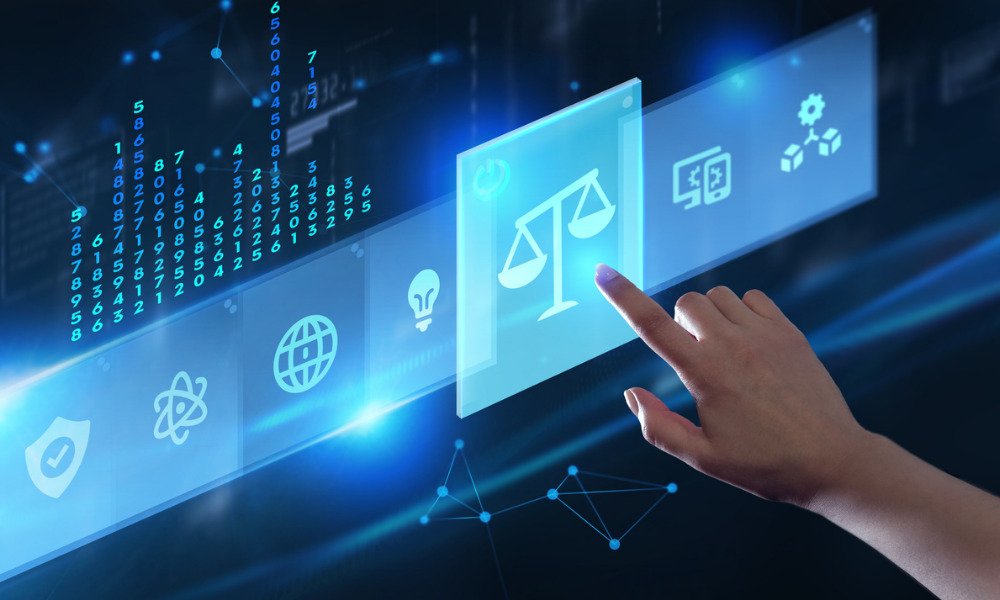
The H-Factor of eDiscovery
The fact that Electronic Discovery is essential and prevalent in the Legal Practice has now become almost a cliché. Attorneys and their clients, in large firms, and small, have gone through several whirlwind years in regards to E-Discovery and have no doubt been bombarded with unending admonitions regarding the discoverability of electronic information, spoliation, and the importance of metadata as a whole. Zubulake v. UBS Warburg, 220 F.R.D. 212 (S.D.N.Y. 2003), United States v. Philip Morris USA Inc., 327 F.Supp.2d 21 (D.D.C.2004), Columbia Valley Reg’l Med. Ctr. v. Bannert, 112 S.W. 3d 193 (Tex. App. 2003).
The rapid invasion of technology within the corporate world has forced a steady (and speedy) change to the legal landscape. That E-Discovery is now a part of an attorney’s life and requires focus is no longer resisted (and certainly, can no longer be ignored). E-Discovery is here to stay, that will not change – what has to change (and should change) over the years is our approach.
A short 5 years ago, the abilities of Electronic Discovery and Forensics vendors were closely watched and compared, ensuring that each had the tools and knowledge to handle the complicated ethereal world of computer bits and bytes. Yet, fast forward to the present day and the capabilities of these vendors are no longer under the microscope. The general legal population has heard more than enough regarding the importance of metadata and the need to ensure the forensic integrity of computer files. There have been enough ups and downs throughout these past few years, for most of the existing vendors to have the E-Discovery process down to a routine (albeit a continually evolving routine). So, with all these vendors, new and old, big and small, all sharing essentially the same abilities, the deciding focus has been shifted to something else. It is no longer technological know-how, but people know-how.
Just as the importance and strengths of the Knowledge Worker has been routinely touted by the late, great, Peter Drucker, the need for “people-consideration” was an inevitable evolution within the legal tech community. It is no longer a question of which vendor can process native electronic files for review, but a question of which vendor would stay around on a holiday to process those files. And the emphasis is no longer on whether or not a vendor has the capacity to handle multiple hard drives, but rather which vendor has implemented project management methodologies to streamline their workload.
Thus comes, the “H-Factor”, the Human Factor. The process of E-discovery has now essentially evolved to a point where a true gain in the edge over the opposing side can only be made with increased team building skills – not server building A strategy planned by a group of competent and willing individuals will add much more efficiency to the various tasks of e-discovery than the latest and greatest on the bleeding edge of technology. From data gathering, to processing, and on through review and production, the most important asset for an electronic evidence-ntensive case is not the hardware, but the members that form your team, both your in-house staff and your chosen vendors.
The Project Manager
A project is often defined as a temporary endeavor undertaken to create a unique product or service. And the process of E-Discovery fits that description to a tee. Rarely, if ever, would the electronic evidence component of two cases match exactly – but the best practice procedures and strategies for analyzing them will be similar. And your Project Manager, be she in-house or a vendor, should be well versed in those procedures. For the duration of the case, the Project Manager will need to become your very best friend. She must be the able to:
- Understand and predict potential pitfalls or delays that may occur within the E-Discovery Process, such as potentially running into password protected files, encountering legacy hardware or software, receiving large amounts of duplicated information, delay in shipping or receiving, inaccessibility of data custodians, and much more;
- Be proactive in keeping you up-to-date on progress and scheduling while you are trying to handle the legal aspects of the case;
- Ensure that adequate resources are available to handle any fluctuations of workflow;
- Ensure that proper training procedures are in place to provide efficiency in review;
- Address any side technical issues which may be slowing down the review or production process, such as network bandwidth, computer availability, and user account maintenance.
The Sales Representative
Keep the number of your vendor Sales Rep as close to you as that of the project manager. She is the extra boost in speed that you may have to call upon every so often. While the Project Manager coordinates the work, your Sales Rep will know where to cut the red tape within the vendor’s organization which might be slowing the process down. Individuals in sales are trained to put your needs first since they want your continual business. Where the Project Manager may need to adhere to certain protocols and rules, the Sales Rep is given leverage to bypass those same rules to keep the client, meaning you, happy. It is not something to be abused, but the extra push she would be able to generate within the company could mean the difference between a Friday or a Monday production deadline.
The Technology Department/The Lit Support Personnel
For the larger firms, E-discovery consultation should begin with the Technology or Litigation Support department. Allow them to give you a bird’s eye view of the impending project. They are the ones who will be able to help you narrow down the net you need to cast. They are there to aid you in answering questions such as:
- What is needed for your firm to access the vendor’s processed data? Firewall port openings? Local installs of special applications?
- How much of the data just received from the client are simply computer operations files unrelated to your case?
- What are the potential file types, system types that you will have to deal with?
Though your technology help desk staff may not be qualified to operate as forensics experts, they will at the very least be able to provide to you an assessment of the tasks ahead. And knowing what you are up against will allow you to formulate a better plan. While the vendor may know their platform and electronic discovery in general, your Technology Department knows your firm’s infrastructure.
The Reviewers
The E-Discovery process obviously does not stop when all data has been safely collected and processed for review. And one of the most glossed over steps tends to be the review process and the reviewers themselves. Remember that the reviewers will likely know less about electronic data than you do, and may require training in not only in the content they are searching, but also how to make use of the review software. This is especially true for larger cases which often involve an army of temp attorneys, individuals who likely have had little or no experience with the review platform chosen for your case. When dealing with reviewers, try to consider the following:
- Have they been provided with sufficient hands-on training for the software?
- Do they have quick reference guides easily accessible? – a training manual is fine, but during a tight review schedule their time would be better spent on the actual review rather than flipping through the thick tomes of software instructions.
- Are they keyboard or mouse oriented users, and can the software be adapted to either types? The savings of a few mouse or keyboard clicks can translate into hours of review time.
- Are the reviewers stacked in shifts to allow for a continuous review? – not only will this maximize the number of review hours you may have, but also lighten the strain that your technical equipment may experience in a large review.
No doubt the hardware and software components of an E-Discovery matter is important. But hard drives and processors can be purchased, servers can be built, and software can be programmed. The human touch, on the other hand, can mean the difference between smooth sailing and being caught in a storm. A simple and effective strategy by a group of knowledgeable and hardworking individuals will ensure the efficiency that your best computers can not. The technical factor is important, but the human factor gives you the true edge.
